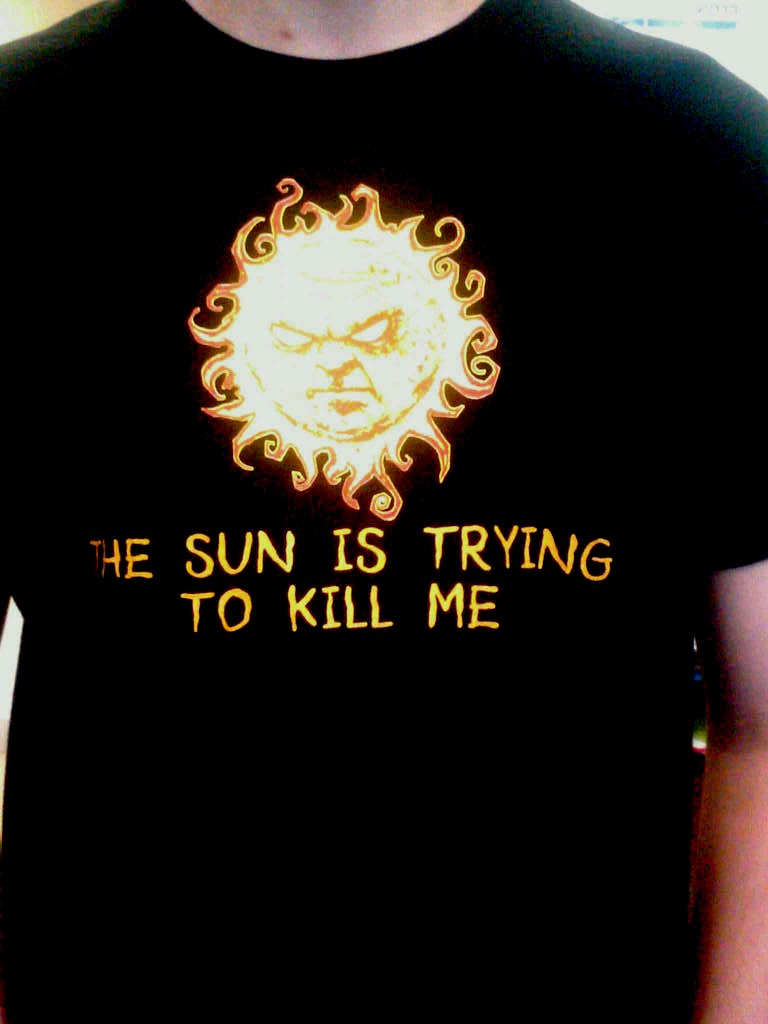Voyager: Our Most Distant Explorer

By Scott Michael Slone
It has been nearly 36 years since the Voyager 1 was sent into space on its journey. Its purpose at the time: to take vivid and detailed pictures of the planets of our Solar System in a way that had never been attempted before. Eventually its primary mission was completed, giving breathtaking images of Saturn and Jupiter, as well as the famous picture of a “pale blue dot” known to some beings as Earth. Voyager 1 is still making its journey through the cosmos, and is now entering a region of space where the line between the Solar System and interstellar space is becoming more and more blurry.
Voyager 1, at the time of this writing, is at a distance of 18.65 billion kilometers from Earth, or 124.7 times the distance between the Earth and the Sun. It is currently in a field of space known as the heliosheath. The heliosheath is the outer field of the charged particles emitted by our sun. In this field, reactions take place between the charged particles from the sun and cosmic rays emitted by distant stars. After it leaves the heliosheath, it will be in interstellar space, and will be possibly the first man-made object to do so.
The line between the heliosheath and true interstellar space is a difficult one to define, although two of the three signs of interstellar arrival have appeared. Voyager 1 has detected charged particles from the sun disappearing as they travel along the solar magnetic field, as well as cosmic rays from interstellar space moving towards the Solar System. The final factor, which has yet to be detected, is an abrupt change in the direction of magnetic field, implying the presence of the interstellar magnetic field. In terms of particle interactions, Voyager 1 is already in interstellar space, but this final shift in magnetic field will directly state that Voyager 1 is no longer in the region of space directly affected by our sun.
It is unknown when Voyager 1 will fulfill this final requirement and enter interstellar space. Part of Voyager 1’s mission is to determine the size of the heliosheath. Voyager 1 has had a long fulfilling life it would seem, although it is an old veteran of space travel now. Over the next ten years, devices and instruments in Voyager 1 will be systematically shut off. The order is not yet known, but shutdown is expected to occur in 2020. Sometime in the decade after that, Voyager 1’s power capabilities will be so weak that it will no longer be able to power any instruments. At this time Voyager 1 shall sleep, and drift off into space. The golden disk on it and Voyager 2, which carry songs and sounds of our Earth as well as our place in the universe, might one day be collected by advanced civilizations. For now, let us show respect for that quiet explorer: The First Voyager.
Scott Michael Slone is C2ST’s resident intern. He is currently a senior at Illinois institute of Technology, majoring in Materials Science and Engineering. He enjoys the work C2ST is doing to help promote science and technology in the Chicagoland region, and is glad to help them as well. His scientific interests include nanotechnology and molecular machines. He hopes you’ll enjoy his technical tidbits on these and other subjects.
Works Cited
NASA/Jet Propulsion Laboratory (2013, June 27). NASA’s Voyager 1 explores final frontier of our ‘solar bubble’. ScienceDaily. June 27, 2013 http://www.sciencedaily.com/releases/2013/06/130627140803.htm